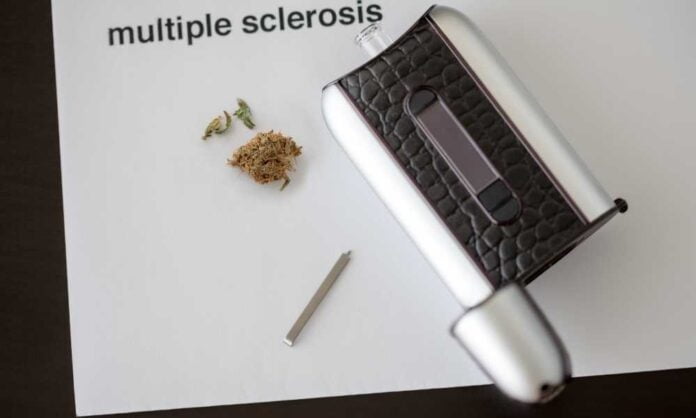Global medical equipment is a business worth $472 billion. All these devices need electricity, and devices rely on battery backups when the AC is interrupted.
Implanted machines, including cardiac pacemakers and pumps for drug delivery, work on medical batteries alone. These are not the batteries you put in your lamp! Medical batteries are safe to place in the human body and stable, long-lasting batteries.
If you trust a medical battery in your life, it must be a great battery. If you have an implantable medical device? Do you wonder what these batteries are?
Keep reading four things about medical batteries you need to know.
1. Medical implantable batteries are secure.
Medical batteries power several different types of medical devices that can be implanted. They have been proved safe and efficient and have been used for many years. These devices save lives and boost many people’s quality of life.
The batteries used in these devices have certain features. These features include:
- They provide services to minimize the frequency of surgery for several years.
- You are safe to install and use
- Predictable performance
- Highly reliable
- They relay information about the state of discharge.
All implantable medical batteries must meet these fundamental criteria or surpass them. These are also highly durable for non-implantable medical equipment like defibrillators.
They are produced by a supplier of batteries such as NCE for medical devices. Read more on NSE. Read more.
Check out: Microsoft, IBM and the Future of Healthcare Data
2. Lithium/Iodine Batteries
What kind of batteries is used for a pacemaker? Cardiac pacemakers use lithium/iodine.
Lithium/iodine batteries are a trustworthy device established in the 1970s.
It works well because it offers high energy density. Even a tiny battery generates a lot of electricity.
For simple pacemakers, lithium/iodine batteries work well. Some pacemakers require additional functionality and therefore need more capacity. This leads to the following form of battery.
3. Lithium/Manganese Dioxide Batteries
Do you need a neurostimulator, a medicinal supply device, or an additional functionality pacemaker? Then you’ll need a more powerful medical battery. Batteries containing lithium and manganese dioxide provide power in the milliwatt range.
These batteries also show when they have to be replaced.
4. Secondary Medical Batteries for Implantable Devices
Some high-power implantable medical devices use secondary rechargeable batteries. While an additional battery takes up space, the secondary battery decreases the implant size. It also prolongs the time that the implant will remain in the body.
Secondary batteries also fulfill all criteria for protection and reliability as the primary battery source. Neurostimulators with secondary batteries are one such system. These devices use the technology of lithium-ion.
Conclusion
Medical batteries save lives for those with medical conditions that need implantable medical devices. These instruments include cardiac pacemakers, neurostimulators, and medicines. These are secure, reliable, and durable.
Check out: How Important Is Memory And Storage Devices

